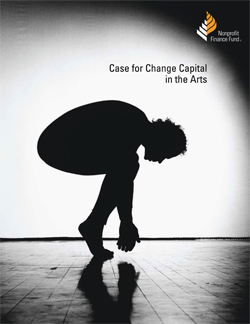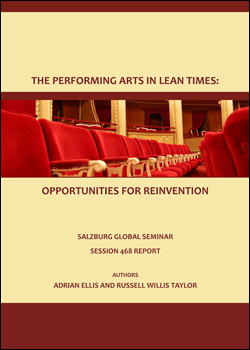Capitalization
Grantmakers in the Arts defines capitalization as “the accumulation of the resources an organization needs to fulfill its mission over time,” specifically with regard to financial health. In response to the observation that it has been the norm for the nonprofit arts sector to be poorly capitalized, an issue which disproportionately affects ALAANA organizations, GIA embarked on the National Capitalization Project (NCP) in 2010. Since its launch, GIA has provided resources, conferences sessions, publications, and workshops on nonprofit capitalization. GIA’s Conversations on Capitalization and Community are specialized workshops, held separately for funders and nonprofit grantees, focusing on what each group can do to support the financial health of nonprofit arts and culture organizations. These workshops are available upon request.
In June 2011, Nonprofit Finance Fund published a new series on the need for and uses of capital in the arts.
Read More...The presentation of the National Capitalization Project (NCP) engendered a robust discussion at the October 2010 GIA conference in Chicago. GIA heard a range of responses from attendees. While some were very positive — agreeing that capitalization principles are a critical consideration in grantmaking — others felt differently. They wondered whether a discussion of capitalization was only relevant to large foundations or to large arts institutions.
Read More...Download:
![]() The Performing Arts in Lean Times: Opportunities for Reinvention (832Kb)
The Performing Arts in Lean Times: Opportunities for Reinvention (832Kb)
Capitalization is the accumulation and application of resources in support of the achievement of an organization's mission and goals over time. A well capitalized organization has the ability to access the cash necessary to cover its short- and long- term obligations, to weather downturns in the external operating environment, and to take advantage of opportunities to innovate. All capitalization is represented on the organization's balance sheet, primarily in the Net Assets section.
Read More...— Alfred North Whitehead, Process and Reality
There is nothing more difficult to take in hand, more perilous to conduct, than to take a lead in the introduction of a new order of things, because the innovation has for enemies all those who have done well under the old conditions and lukewarm defenders in those who may do well under the new.


